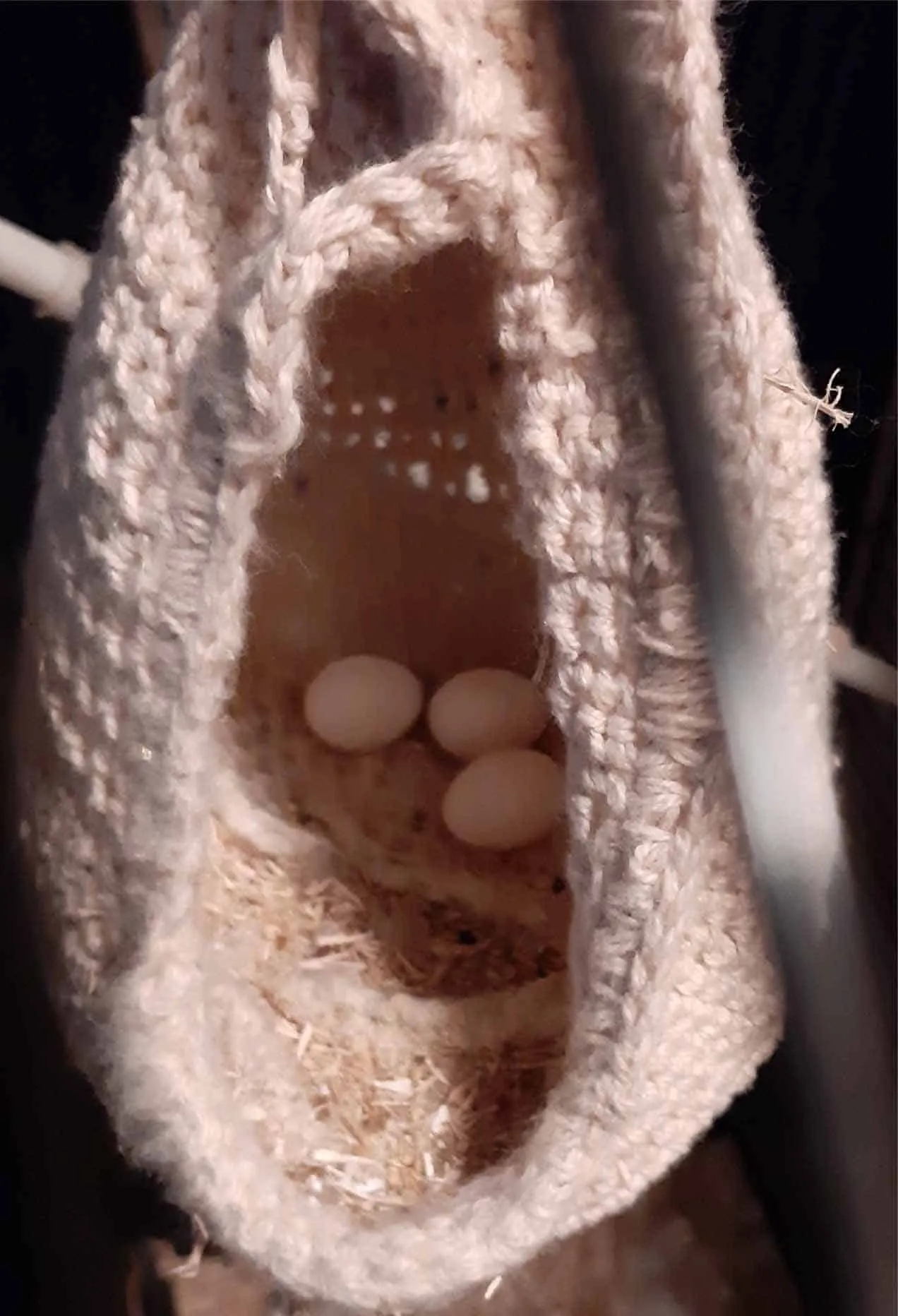Lovebirds, those vibrant and affectionate little parrots, are prone to hormonal behavior during their mating seasons, much like many other birds. If you’re a lovebird owner, recognizing lovebird hormonal behavior early can prevent unwanted breeding attempts and help manage your pet’s stress. These hormonal surges typically occur twice a year, around spring and fall, when your bird reaches sexual maturity at about 6 months old. Understanding these signs—from mating displays to aggression—allows you to create a calmer environment for your feathered friend. In this guide, we’ll break down the key indicators and practical tips backed by avian experts.
When Does Hormonal Behavior Start in Lovebirds?
Lovebirds generally become sexually mature around 6 months of age. From then on, they experience broody periods—hormonal phases driven by natural breeding instincts—about twice annually. These align with seasonal changes, peaking in spring and fall when daylight hours increase, mimicking wild conditions that trigger reproduction.
During these times, your lovebird’s body ramps up hormone production, leading to noticeable changes in demeanor. According to avian veterinarians from the Association of Avian Veterinarians (AAV), these cycles are normal but can be disruptive in captive birds without mates. Monitoring your bird’s age and the calendar can help you anticipate and prepare, reducing stress for both of you.
Mating Displays: The Classic Signs of Hormonal Lovebirds
One of the most obvious markers of lovebird hormonal behavior is exaggerated mating displays. Your bird may lift its tail, spread its wings, and emit soft “singing” or chirping sounds as courtship signals. Feathers often puff out, giving it a round, ball-like appearance that’s both endearing and telling.
To relieve pent-up energy, lovebirds might rub their cloaca (the vent where digestive, urinary, and reproductive tracts meet) against toys or perches. This self-stimulation is their way of coping with sexual frustration. For more on specific male lovebird mating behavior, check related insights from experienced breeders.
In multi-person households, your lovebird could fixate on one individual as a “mate.” Expect increased cuddling, regurgitation of food, and possessiveness—lunging at others who approach “their” person. While flattering, gently discourage this by limiting close contact during peak seasons.
Territorial Aggression and Possessiveness
A usually docile lovebird turning territorial? That’s a hallmark of hormonal shifts. It might guard its cage, toys, or food bowl fiercely, hissing or biting if you get too close. This aggression stems from instinctual nest protection, not personal dislike.
Give your bird space during these episodes—remove tempting items like mirrors or favorite toys temporarily. Avian behaviorists recommend enriching the environment with foraging toys to redirect energy, preventing bites that could harm your bond.
Increased Vocalization: The Screaming Phase
Hormonal lovebirds often amp up their volume, screeching loudly instead of their usual sweet chirps. This vocal outburst is frustrating for owners but a release for the bird.
Relocate the cage to a quieter area, use white noise machines, or wear ear protection yourself. Never yell back, as it escalates the behavior. Patience is key; volumes typically drop post-season.
Excessive Preening and Feather Plucking
Normal preening keeps feathers flight-ready, but hormonal birds overdo it, leading to bald patches or feather plucking. While mild plucking occurs during nesting urges, monitor closely—if it persists beyond a few weeks, consult a vet to rule out medical issues like mites or nutritional deficiencies.
Veterinarians suggest diet tweaks, such as adding omega-3 supplements, to support skin health. Early intervention prevents chronic habits.
Nesting Instincts in Action
Nesting behavior ramps up dramatically during hormonal periods. Your lovebird will shred paper, wood chips, or toy pieces into strips, tucking them into back feathers to transport to a “nest site”—often a happy hut, box, or cage corner.
 Self made nest triggered hormones.
Self made nest triggered hormones.
This photo shows a lovebird’s handmade nest from a cotton happy hut, which triggered spring hormones in 2020. Avoid providing nesting materials; instead, offer destructible toys to satisfy shredding without encouraging breeding.
Regurgitation: Food Offering as Courtship
Regurgitating food is a lovebird’s way of feeding a mate or chicks. Hormonally, it might “offer” partially digested food to you or toys by bobbing its head and expelling crop contents.
Mild cases are normal, but excessive regurgitation warrants a vet visit—it could signal crop issues or infections. Discourage by avoiding petting the back or head, which mimics mating strokes.
Managing Lovebird Hormonal Behavior Effectively
To minimize lovebird hormonal behavior, maintain 10-12 hours of darkness daily using cage covers, limit high-fat seeds, and rotate toys frequently. Spaying or hormone-suppressing implants are options for severe cases, per vet recommendation.
Experienced owners share that consistent routines build trust and reduce triggers. For instance, one breeder noted a 50% drop in aggression after switching to a hormone-balanced pellet diet.
Conclusion: Keep Your Lovebird Happy and Healthy
Spotting signs like mating displays, aggression, nesting, and screaming helps you navigate your lovebird’s hormonal seasons smoothly. By providing space, enrichment, and professional guidance when needed, you’ll foster a stronger bond.
Always consult an avian veterinarian for personalized advice—early action prevents health complications. Explore more pet bird care tips on our site to ensure your lovebird thrives year-round!
References
- Association of Avian Veterinarians (AAV): Guidelines on parrot hormonal management.
- Lafeber Vet: “Understanding Hormones in Pet Birds” (lafeber.com).
